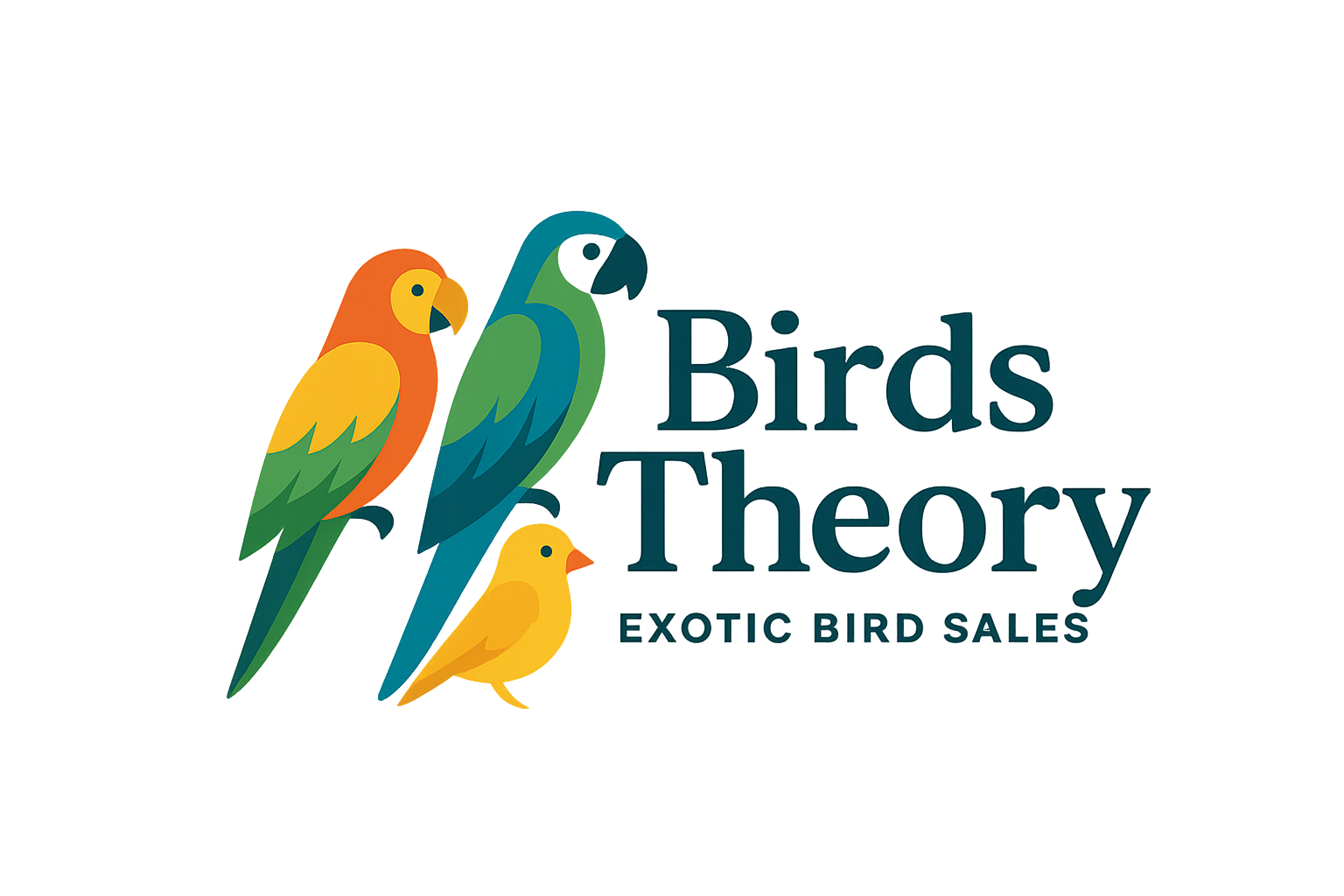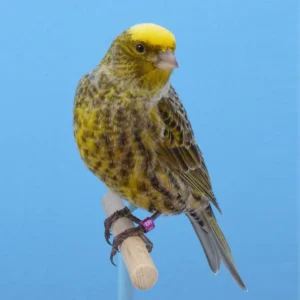Description
Green Canary – The Natural-Colored Songbird
The Green Canary represents the original wild-type coloration of domestic canaries, maintaining the natural beauty of their island ancestors. This classic variety showcases the authentic green plumage that first captivated bird enthusiasts centuries ago.
Key Characteristics:
-
Natural Green Plumage: Earthy green tones with subtle yellow undertones
-
Standard Size: 12-14 cm with wild-type proportions
-
Strong Song: Robust vocalizations similar to wild ancestors
-
Active Personality: More energetic than many color varieties
Special Care Requirements:
✔ Standard canary diet (no color-feeding needed)
✔ Regular flight exercise
✔ Natural daylight exposure
✔ Normal household temperatures
Breeding Considerations:
-
Strong genetic lines
-
Excellent choice for foundational breeding stock
-
Produces consistent coloration
-
High fertility rates
Genetic Background:
The green coloration results from:
-
Natural melanin pigments
-
Combined with underlying yellow lipochromes
-
Unmodified by selective color breeding
Ideal For:
-
Purists seeking natural canary forms
-
Beginners wanting hardy specimens
-
Conservation breeding programs
-
Those interested in canary origins










Reviews
There are no reviews yet